
Most people can treat styes and chalazia with at-home remedies, but in some cases, medical intervention may speed up recovery and provide more effective relief. Proper care can relieve symptoms and prevent future occurrences.
St. Lucia Eye Center provides expert care to ensure proper treatment, prevent complications of styes, effectively resolve chalazia symptoms, and perform minor procedures to ensure a speedy recovery.
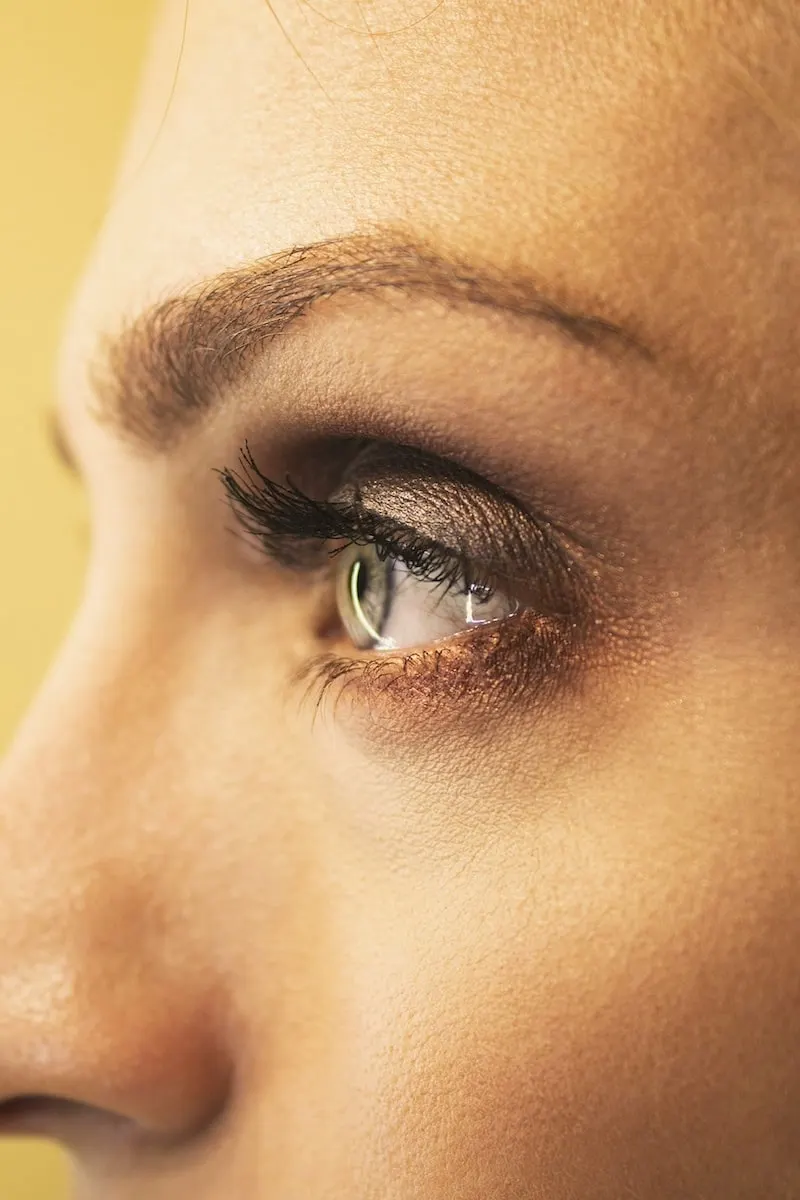
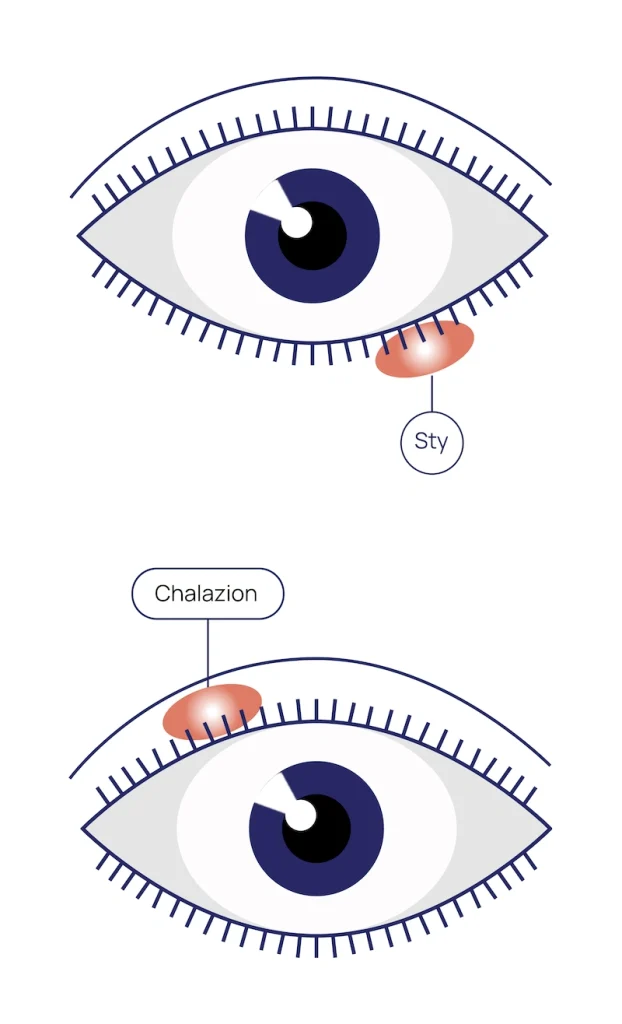
A stye typically results from an infection in the oil glands of the eyelid, causing redness, swelling, and pain.
A chalazion is a non-infectious condition caused by a blocked oil gland. It develops slowly and is generally painless unless it grows large enough to press on the eye.
Styes occur when bacteria infect the oil glands or hair follicles in the eyelid.
A chalazion forms when an oil gland in the eyelid becomes blocked, leading to swelling and a lump.
Hormonal fluctuations can make the eyelid glands more prone to infection or blockage, especially in puberty or pregnancy.
Inadequate cleaning of the eyelid margins can lead to bacterial infections and blockages of oil glands.
Stress can weaken the immune system, increasing your susceptibility to infections like styes.
Chronic inflammation of the eyelid can contribute to the development of both styes and chalazia.
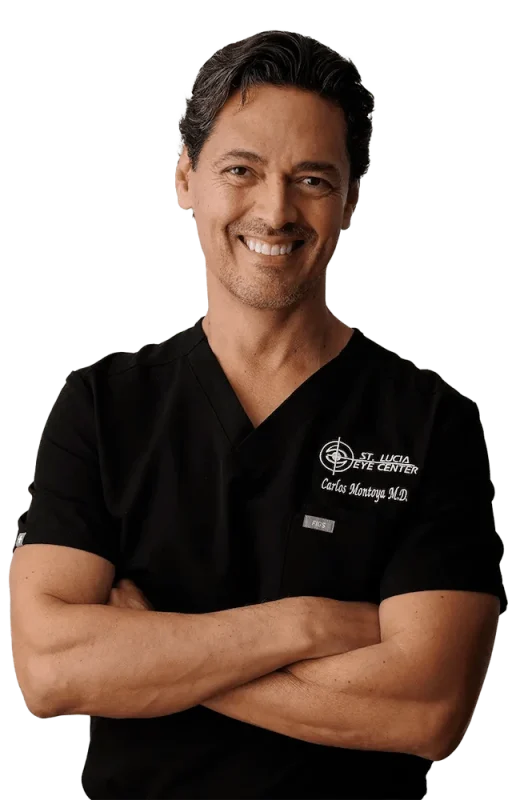
An eye care specialist diagnoses the condition through a thorough examination. For styes, a doctor may recommend warm compresses, antibiotic ointments, or even perform a minor surgical procedure for drainage. Doctors usually treat chalazia with warm compresses and may perform a minor procedure for drainage if they don’t resolve on their own.
The doctor will closely examine the eyelid for visible signs, such as swelling, redness, or a lump.
A slit lamp microscope allows the doctor to get a detailed view of the eyelid, oil glands, and surrounding structures.
The doctor may look for signs of underlying conditions like blepharitis (eyelid inflammation) or meibomian gland dysfunction.
Styes and chalazia are typically diagnosed through physical examination. Non-invasive treatments like warm compresses and antibiotic ointments are often effective, but a minor procedure may be necessary for severe or persistent cases.
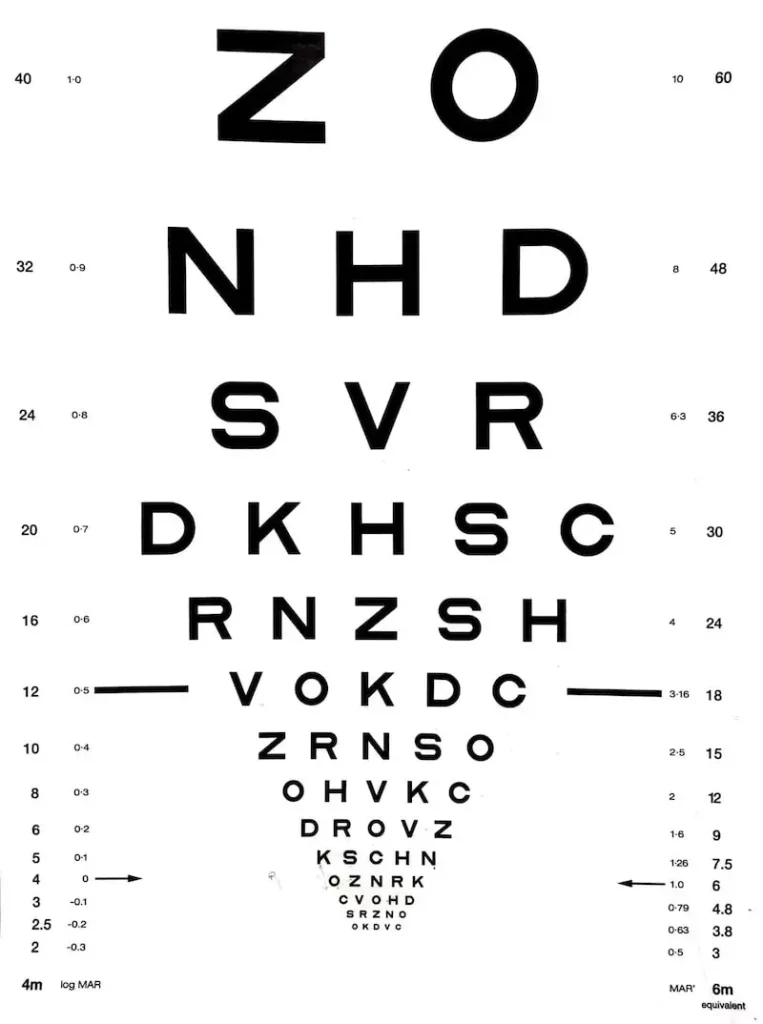
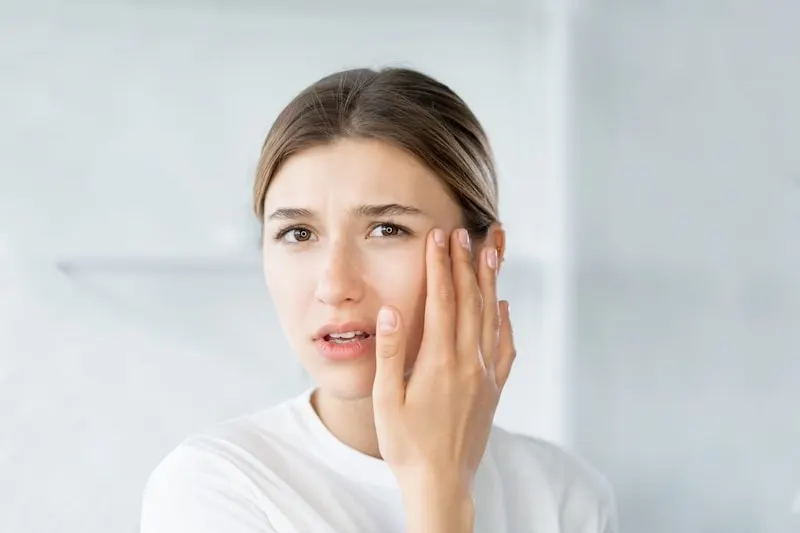
Warm compresses are recommended to reduce swelling and promote drainage of the oil gland for both styes and chalazia.
If a stye is caused by a bacterial infection, an antibiotic ointment may be prescribed to eliminate the infection and prevent further issues.
In some cases, a minor procedure may be necessary to drain the stye or chalazion and promote faster healing.
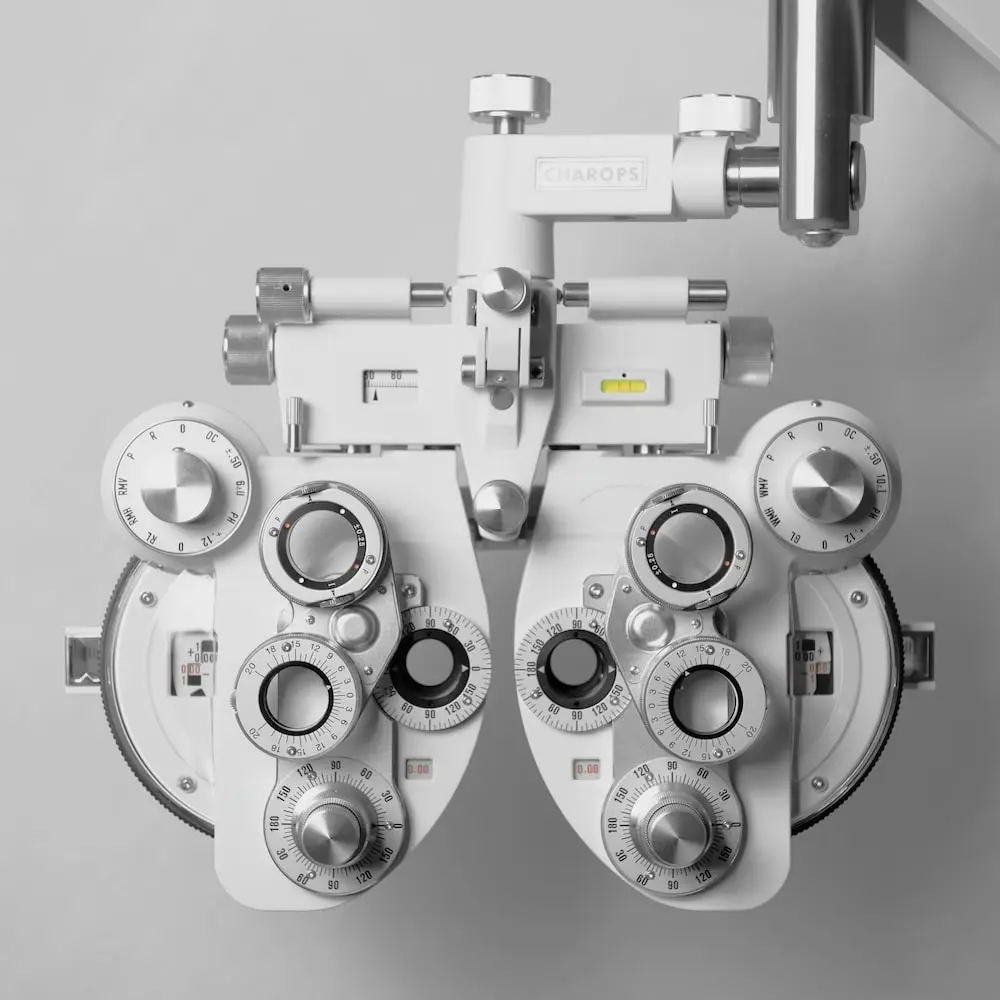
Early treatment can prevent a stye from worsening or spreading to other areas of the eyelid.
No specific driving restrictions unless the procedure or infection affects vision temporarily.
Regular check-ups may be necessary if the stye or chalazion recurs, especially for individuals with chronic conditions like blepharitis.
Keeping the eyelid area clean and free from debris can prevent the development of styes and chalazia.
Squeezing a stye or chalazion can irritate the area further or cause an infection.
Frequent styes may signal an underlying condition, such as blepharitis or a weakened immune system, and a doctor should evaluate them.
Ready to see the world more clearly? Call us today or book an appointment online. Our bilingual team is ready to assist you in Spanish or English.
Sign up for our newsletter to find out about our latest news and promotions.